The relentless growth of global data traffic has pushed traditional copper-based interconnects to their physical limits within modern data centers. As artificial intelligence workloads, cloud computing, and hyperscale applications demand ever-increasing bandwidth with lower latency, optical interconnect technology has emerged as the critical enabler for next-generation data center infrastructure.
Unlike electrical signals traveling through copper cables that face significant attenuation at high frequencies, optical interconnects use light to transmit data through fiber optic cables. This fundamental difference allows for terabit-scale bandwidth, immunity to electromagnetic interference, and dramatically lower power consumption over longer distances. Major cloud providers and hyperscalers have been aggressively adopting optical solutions to overcome the bottlenecks in their networks.
The transition from electrical to optical interconnects represents more than just a cabling upgrade. It necessitates a complete rethinking of data center architecture from the rack level all the way to campus-scale connectivity. Traditional topologies designed around copper's limitations are giving way to flatter, more flexible network architectures enabled by optical technology's superior reach and bandwidth density.
At the heart of this transformation are vertical-cavity surface-emitting lasers (VCSELs) and silicon photonics components that have become commercially viable at data center scale. These technologies allow for the mass production of optical transceivers at steadily decreasing cost points while improving performance metrics. The latest generation of 400G optical modules is already being deployed, with 800G solutions undergoing testing and 1.6T prototypes in development.
What makes optical interconnects particularly compelling for data center operators is their ability to future-proof infrastructure investments. A single strand of fiber can carry multiple wavelengths of light simultaneously through wavelength division multiplexing (WDM), effectively multiplying capacity without requiring additional physical cables. This scalability means that fiber installed today can support bandwidth demands years into the future simply by upgrading the endpoint electronics.
The power efficiency advantages of optical solutions have become impossible to ignore as data centers face increasing scrutiny over their energy consumption. Optical interconnects typically consume 30-50% less power than their copper counterparts when moving data over similar distances. At hyperscale, where a single campus might contain millions of interconnect links, these savings translate to megawatts of reduced power demand and corresponding decreases in operational costs and carbon footprint.
Perhaps the most transformative application of optical interconnect technology lies in disaggregated data center architectures. By overcoming distance limitations that constrained resource pooling, optical links enable components like memory, storage, and accelerators to be physically separated while maintaining performance characteristics similar to locally-connected resources. This paradigm shift allows for more efficient utilization of hardware and greater flexibility in data center design.
Implementation challenges remain, particularly around the cost sensitivity of data center operators and the need for skilled personnel to handle fiber infrastructure. While the price per bit of optical solutions has been declining steadily, the upfront investment remains higher than copper for short-reach applications. The industry has responded with innovative approaches like active optical cables that simplify deployment while maintaining the benefits of optical signaling.
Standards bodies and multi-source agreements have played a crucial role in accelerating optical interconnect adoption. Specifications like QSFP-DD and OSFP for pluggable modules, along with consistent electrical interfaces, have created a robust ecosystem of interoperable solutions. This standardization gives data center operators confidence that their optical investments won't lead to vendor lock-in or technological dead-ends.
Looking ahead, the trajectory of optical interconnect technology points toward even tighter integration with computing elements. Co-packaged optics, where optical engines sit adjacent to switching ASICs in the same package, promise to break through bandwidth barriers while further reducing power consumption. Early implementations suggest this approach could become mainstream within the next generation of data center hardware.
The role of optical interconnects extends beyond just linking servers and switches within a facility. As data center campuses grow larger and distributed computing becomes more prevalent, optical technology enables low-latency, high-bandwidth connections between buildings and even between geographically separate locations. This capability is foundational for emerging applications like memory pooling and distributed AI training clusters.
While silicon photonics has dominated recent advancements, alternative approaches like photonic integrated circuits and plastic optical fiber continue to evolve. These technologies may address specific niche requirements within data centers where traditional solutions face limitations. The diversity of optical approaches ensures that as requirements diversify, suitable solutions will be available.
Security considerations for optical interconnects differ significantly from electrical systems. While fiber is inherently more difficult to tap without detection, new monitoring techniques are required to ensure integrity across thousands of connections. The data center industry is developing specialized tools and protocols to maintain the security advantages of optical infrastructure at scale.
The environmental impact of optical interconnects extends beyond just power savings. Fiber optic cables use primarily glass (from sand) rather than copper mined from the earth, and their longer lifespan reduces electronic waste. As sustainability becomes a higher priority for data center operators, these factors increasingly influence technology selection alongside traditional performance metrics.
Training and workforce development represent often-overlooked aspects of the optical transition. The specialized skills required for fiber handling, termination, and testing differ from those needed for copper cabling. Leading data center operators are investing heavily in training programs to ensure their teams can properly deploy and maintain optical infrastructure.
Optical interconnect technology doesn't exist in isolation—its value comes from integration with the broader data center ecosystem. Advances in switching ASICs, network protocols, cooling systems, and rack designs all contribute to maximizing the benefits of optical solutions. This systems-level approach separates successful implementations from those that fail to achieve promised returns.
As the industry moves toward zettabyte-scale data flows, optical interconnect technology stands as the only viable pathway forward. The physics of electrons moving through copper simply cannot scale to meet tomorrow's demands, while light through fiber continues to reveal new potential. Data centers that embrace this optical future position themselves for sustainable growth in an increasingly connected world.
The evolution of optical interconnects mirrors the broader transformation of data centers from isolated computing facilities to the nervous system of the digital economy. Just as fiber optic cables span continents to form the internet backbone, they now weave through data centers to connect processors, memory, and storage into cohesive systems. This technological convergence promises to unlock new possibilities in computing while addressing the urgent challenges of energy efficiency and scalability.

By /Jul 11, 2025

By /Jul 11, 2025
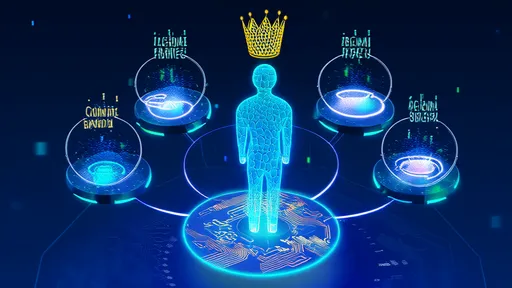
By /Jul 11, 2025
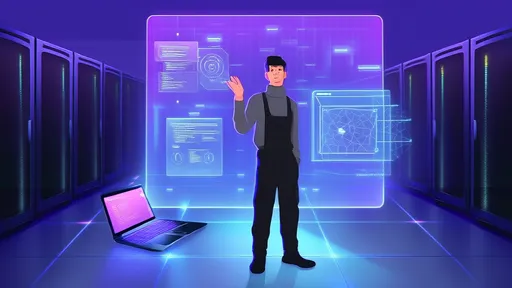
By /Jul 11, 2025

By /Jul 11, 2025

By /Jul 11, 2025
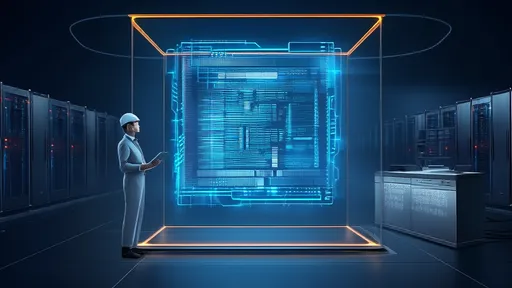
By /Jul 11, 2025

By /Jul 11, 2025
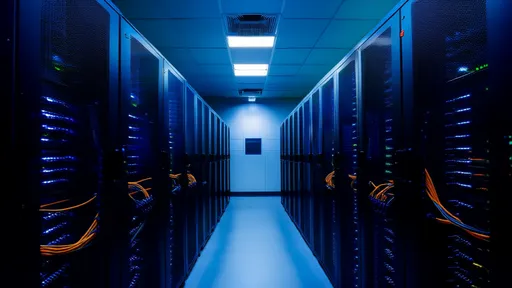
By /Jul 11, 2025
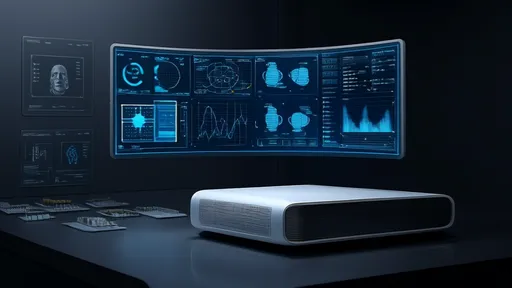
By /Jul 11, 2025
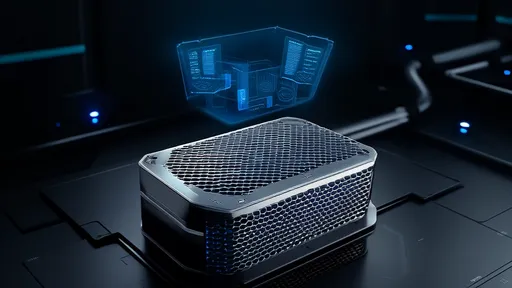
By /Jul 11, 2025

By /Jul 11, 2025
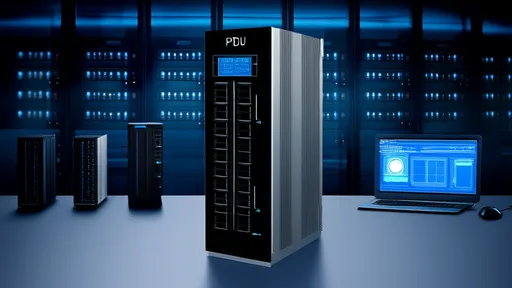
By /Jul 11, 2025
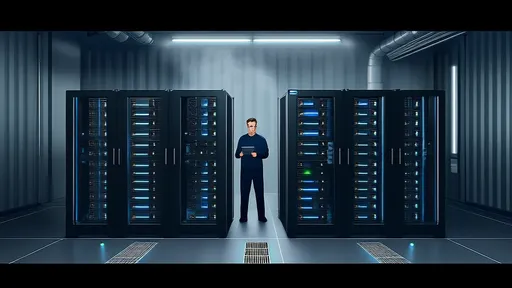
By /Jul 11, 2025

By /Jul 11, 2025
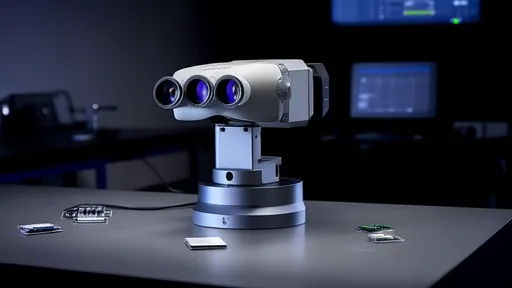
By /Jul 11, 2025

By /Jul 11, 2025

By /Jul 11, 2025